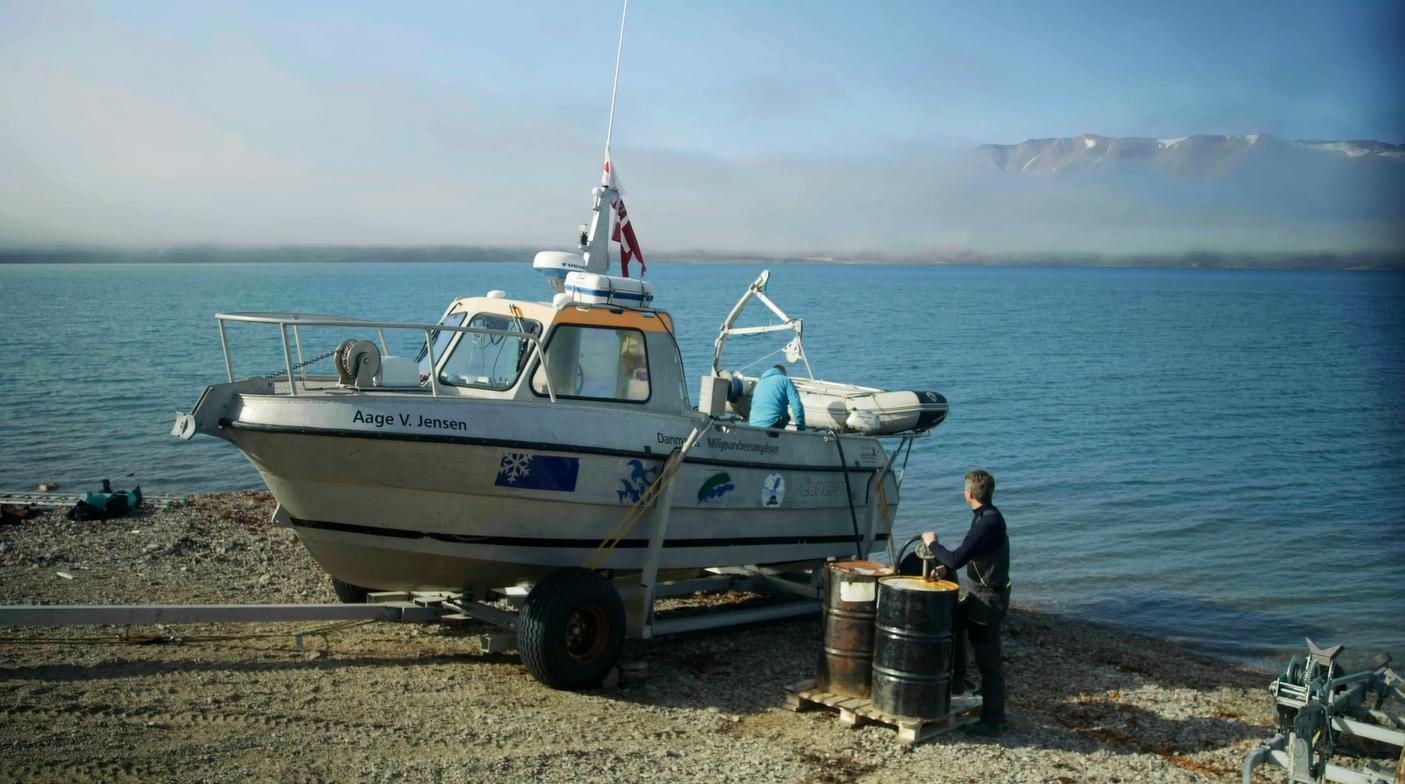
Mikael Sejr and his team head out for another sampling season at the remote Greenland field station, where climate change is all too aparent.
Join the INTAROS team for an expedition to Young Sound, Greenland, in a short documentary produced by Deep Sea Reporter.
By studying sea kelp growth, scientists report that sea ice melts earlier, providing for a longer growing season for the sturdy seaweed. In this case, climate change can be beneficial.
Light is extremely limited at this latitude, with an average of 10 months of ice cover per year. As this period shrinks, kelp can grow larger and more abundant, providing better access to food for the larger animals, particularly marine mammals that feed on them.
Reduced sea ice cover also have economic advantages here, as fishers can benefit from new and more abundant fish species, and longer fishing seasons.
The greatest concern in this region is perhaps the melting of the Greenland ice sheet and the retreat of Greenland's glaciers inland. The impact of these anthropogenically induced changes is a constant cause for concern and trepidation among Arctic researchers, and the potential impacts they will have on Arctic ecosystems, communities and economies is a cause for intense investigation.
Check out the short video for greater insights from INTAROS's own, Mikael Sejr, Aarhus University, Denmark.
Experiencing climate change first hand from Deep Sea Reporter on Vimeo.
12/10/2021, Mikael Sejr, Aarhus University, Denmark